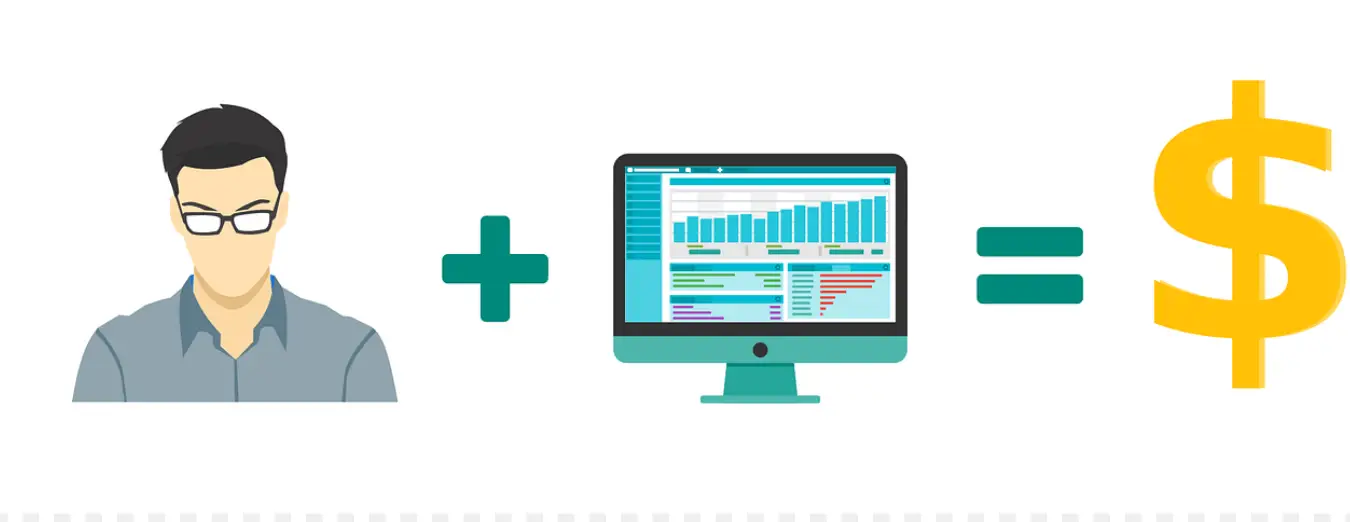I often earn from qualifying purchases. This includes Amazon Associates.
In recent years, blogging has become an increasingly popular way for individuals to express their thoughts and share their expertise on a particular topic.
While many people start blogging as a hobby or a way to connect with others, some turn to blogs to make money online.
In fact, blogging has proven to be a lucrative income, with some bloggers earning six-figure salaries or more. However, monetizing a blog and turning it into a profitable venture is not always easy.
It requires hard work, dedication, and a well-executed strategy. This article will explore how to monetize your blog and start making money online.
How Much Money Can Bloggers Earn?
Blogging has almost infinite potential. Prolific bloggers can earn upwards of $30,000 monthly.
Beyond their monthly income, bloggers have various avenues to earn profits. For instance, blogs can be acquired on online marketplaces like Flippa, albeit for a hefty six-figure price tag in some cases. The acquisition of their creative works can bring bloggers a substantial profit.
It is a fact that not all bloggers will amass wealth from their endeavors. The amount of money a blog generates depends on two primary factors:
- Your niche: Does your industry see significant consumer spending? For instance, many businesses in the software industry pay commissions regularly, making it a potentially lucrative field.
- Your monetization strategy: New bloggers with strong moral convictions may find it unacceptable to accept money in exchange for publishing opinions they disagree with. There may be a short-term effect on earnings because of this.
How Long Does It Take To Make Money Blogging?
Most bloggers start their sites as a side hustle with the long-term goal of making enough money to leave their regular jobs. It is, however, important to note that the timeline to achieve your desired income will vary significantly.
The timeline to make money blogging will depend on factors such as your niche, the quality of your content, your marketing efforts, and the monetization strategies you employ.
Some bloggers have seen success relatively fast, while others have to wait longer before they can start seeing substantial results. Patience is a virtue, so you’ll need to continue putting in the required amount of effort, and you’ll start seeing results.
How to Make Money From Blogging
Before we get into the specifics of monetizing your blog, it’s essential to understand that bloggers’ incomes can range widely. The following insights, however, are just as crucial as the figures themselves:
- You do not have to be a professional writer to start blogging and make money from it.
- There are numerous ways to monetize a blog.
- Many of the blog monetization techniques employed by profitable bloggers are similar.
Let’s dissect this and figure out what it all means
1. Choose a Profitable Niche
Before reaping any financial rewards from your blog, it is crucial to establish your site and build a substantial readership. The more visitors you attract to your blog, the higher your earning potential.


Consequently, you must promote a profitable niche to make money from blogging. In light of this information, the following are the three most essential inquiries to make before launching your blog:
- What Are Your Interests?
Long-term success in blogging requires writing about something you care deeply about and have extensive knowledge of.
Think about how many years you’ve spent working in your field. Establishing yourself as an authoritative voice in your particular niche can be challenging if you don’t already have ties to the field.
However, if you have relevant education, connections, or experience, you can use that to your advantage when writing blog articles and gaining readers’ trust.
- Who Is Your Audience?
Blogs that consistently deliver relevant and timely content will attract a dedicated following. Once you’ve zeroed in on a specific market, you can consider your target audience’s pain points and the answers they’ll seek in your writing.
- Which Topics Are Profitable?
While almost any topic is fair game for a blog, some are more lucrative than others. You can estimate whether or not a specific blogging niche will yield profit by analyzing the potential for making sales in that area.
Food and cooking blogs, for instance, might use a blog entry about the best kitchen appliances to advertise an affiliate link or sell advertising space to food-related businesses. A blog focused on digital marketing could promote digital books and consulting services.
- The Blogs That Make Money
If you know what you’re doing, you can run many different blogs that will bring in money. Examples include:
- Finance blogs
- Marketing and business blogs
- Fashion blogs
- Health blogs
- Lifestyle blogs
- Nutrition & food blog
- DIY & crafts blogs
Decide early on how you’ll make money from your WordPress blog and establish concrete objectives, regardless of the topic area you choose. You can use these blogs as examples if you’re having trouble deciding on a specific topic.
2. Scale Your Blog Content
After settling on a topic for your WordPress blog, you can write helpful posts addressing your target audience’s pain points.
Start by preparing detailed content briefs to guide you or your writing team in creating the most helpful content. Please remember to regularly upload fresh helpful content, but keep the quality standards high.
- Pick Suitable Topics for Your Blog Posts
Choose blog post topics with the same strategic consideration given to your blog’s niche — the most effective ones should accomplish two goals:
- Speak directly to your intended audience by addressing their problems and
- Providing a practical, achievable solution.
The topics should target keywords and search terms with high search volumes. Higher keyword volumes indicate greater long-term interest in a given topic. If your articles comprehensively address users’ questions, they will rank higher in the search engine results and drive more traffic to your site.
Remember to put some thought into creating catchy headlines. Blog posts with more attention-grabbing titles tend to attract more readers. You can use a title generator to create attention-grabbing headlines quickly.
- Remember to Post Content Consistently
Regular updates to your site’s content are essential to attract and retain readers. HubSpot suggests a posting frequency of 1-4 times per week. However, larger organizations may publish new content once or multiple times daily.


Additionally, you should maintain a regular publication schedule. Refrain from flooding the market with content one week and then going silent the next. Instead, make use of a predetermined editorial calendar to ensure regular publication.
- Try to Distribute Your Workload
Blogging can be a great way to hone your business expertise while thinking about ways to make money.
Writing more than three posts a week may be difficult as your business grows, but that shouldn’t stop you.
If you want to expand the reach of your blog’s content quickly, hire additional help before you launch by:
- Freelancing some of the content creation
- Having guest bloggers write for your site.
No matter what you decide, organize your time so that you can devote equal attention to monetization strategy and writing.
3. Build an Online Reputation
Once you have plenty of well-planned content, the next step in making money as a blogger is establishing your blog as an authority in its niche.
You can use these suggestions as a roadmap:
- Start Guest Blogging
Step one is to increase your visibility online, especially in the blogosphere.
Reach out to other online publications and blogs in your field and offer to write guest posts for them.
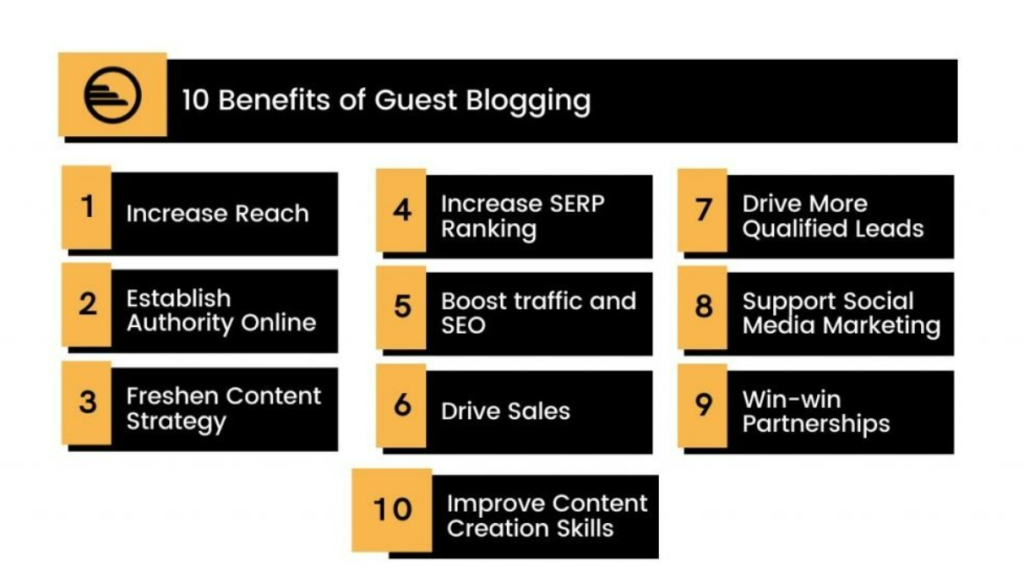

Find publications featuring guest posts by checking their archives or their “write for us” page.
Below are some websites accepting guest posts:
- Smashing Magazine
- Mashable
- Entrepreneur.com
- CopyBlogger
- Inc.com
- New York Times Op-Ed Section
- Forbes Opinion Section
- Business Insider
Moreover, if you are eager to explore additional platforms where accomplished bloggers with similar interests publish their content, you can conduct a quick online search using their names. This approach can lead you to online publications that welcome guest posts.
After identifying the relevant online publications, contact their editors or writers via email or LinkedIn to pitch your ideas. Social media platforms, such as Twitter and LinkedIn, play a significant role in the online publishing industry.
Don’t give up hope if a publication doesn’t pick up your pitch immediately. Even experienced pros in publishing receive a high number of rejections. As your networking skills grow, more people will pay attention to your pitches.
- Work With Experts
You can boost your authority, name recognition, and audience by collaborating with other recognized leaders in your industry.
Get in touch with people established in your blogging spheres and inquire if you may interview them for a blog post (either theirs or yours) and publish the results.
This is a potentially intimidating request, but people in such positions are often more than happy to accept your interview requests.
Promoting the work of related successful bloggers is also a good idea. Share links to their articles on your blog, social media, and Twitter, and start conversing with them.
4. Promote Your Blog and Grow
Your blog’s potential for making money increases as its readership grows. As a result, if you want to monetize your blog, you must focus on increasing your site’s traffic.
Before we get into specifics on how to get the word out about your blog, it’s important to remember that marketing is an ongoing process.
You should promote your blog simultaneously as soon as you release it. It’s important to remember that promoting your blog is just as important as regularly publishing and updating your content.
Use the following strategies to market and enhance your profile:
- Optimize Your Website and Blog Content for SEO
If you want people to find your website through Google and other search engines, invest in search engine optimization (SEO).
You can improve your blog’s visibility by producing high-quality content that ranks high on Search Engine Results Pages (SERPs) for specific keyword phrases.
A baking blog, for instance, should rank highly for terms like “carrot cake recipe” and “birthday cake recipe.”
If you want to reach your target audience online, you need to do more than just write the most informative posts possible; you also need to optimize those posts by using carefully chosen long-tail keywords.
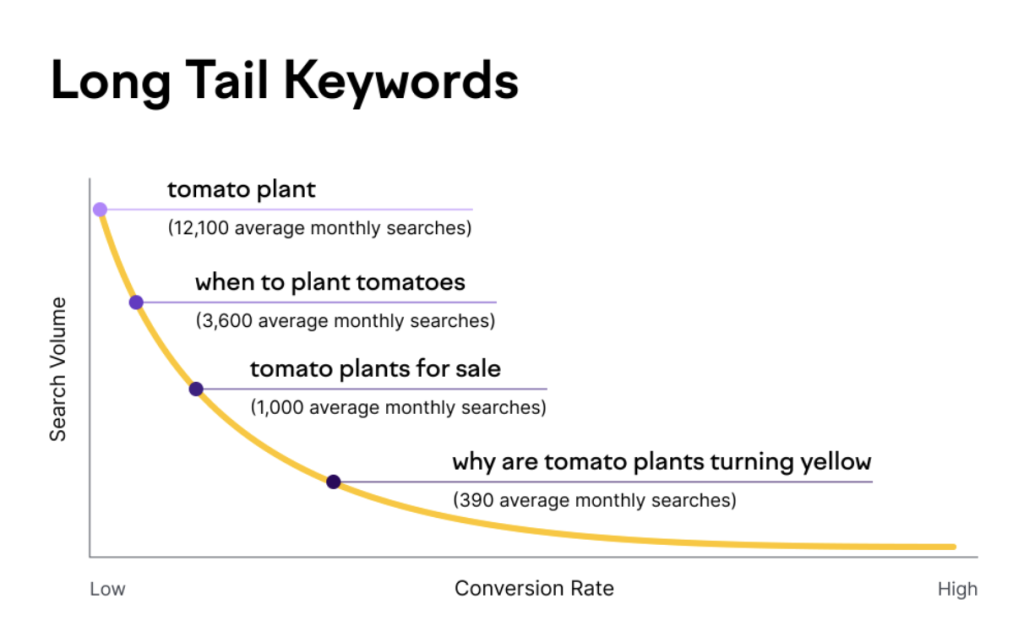

While this may sound complicated, finding these keywords is simple, mainly through specific keyword research tools. SEMrush, Google’s Keyword Planner, Ahrefs, and many other similar blogging tools can help you zero in on the keyword phrases you need to use.
You should take the time to learn the basics of search engine optimization and keyword research by enrolling in a short SEO course.
- Create a Newsletter
Creating an email newsletter to advertise your blog’s content is another way to attract readers. That way, readers who stumble upon your successful blog will likely return for more.
However, how do you initially entice visitors to sign up for your newsletter? We’ve found these strategies quite helpful and have helped us capture some visitors:
- Use lead magnets: Readers are more likely to register if they feel they will benefit. Lead magnets, often called “freebies,” are merely incentives offered in exchange for a newsletter subscription. Your freebies could be anything from an ebook or PDF guide to a PowerPoint presentation, a discount code, or an online course.
- Create opt-in forms: these boxes pop up or slide in to ask audiences to subscribe. Site visitors are more likely to engage with them than with plain text because they are more difficult to ignore. Opt-in forms that request email subscriptions can be very effective. In addition, you can encourage people to sign up for your email list in exchange for a freebie by creating opt-in forms featuring your lead magnets.
- Create an email list: Subscriber email lists are a great way to reach your audience directly and distribute your best content. When you have your list, it’s time to cultivate a relationship with the audience. Don’t send too many messages or spam. If you want your readers to look forward to your newsletter, it’s better to send it out at a regular time every week.
- Develop Your Social Media Strategy
One typical blunder is neglecting to share your blog posts on social media. When done correctly, social media marketing can be as effective as search engine optimization for a fraction of the cost.
You need to market your blog in as many places as possible, including your personal social media accounts. Create a Facebook page and separate YouTube and Instagram accounts to boost your blog’s exposure online.
Afterward, you can make supplementary materials for your articles to attract a larger readership.
Create posts for social media platforms like Pinterest and Instagram highlighting visual content like infographics, then include internal links to relevant blog posts.
You can also convert your blog posts into video clips for sharing on YouTube, Instagram stories, or TikTok and link to your post in the description.
- Try Something Different, Like a Webinar or Podcast
Use a variety of innovative content formats to broaden your influence.
Share your knowledge by uploading instructional videos to your website, starting a podcast, or holding a webinar. More people will find your blog if you produce a wide range of valuable content to establish your authority in your industry.
If you want to generate interest in your blog and a steady stream of readers, you should first provide this information for free. Remember this as you consider different monetization strategies for your blog.
5. Advertise Within Your Blog
Advertisements are a great way for publishers to make money off their work — marketers are willing to pay to access your content.
Your potential earnings could increase similarly to how newspapers do when it has a large readership by charging more for ads. A banner ad is an example of an ad embedded on blog sites when you sell ad space.
Direct advertising sales allow you to negotiate rates and terms with companies that want their ads displayed next to your valuable content. Another option is to have an ad network like Google AdSense, Ezoic, or Mediavine.


AdSense works by displaying advertisements pertinent to the information on that particular blog page. AdSense compensates you, the site owner, whenever your users click on an ad or engage with it.
Advertisers are prepared to shell out the extra money for ad space on your blog because of the high customization they can achieve in targeting their ads to your blog’s specific audience.
6. Offer Paid Subscriptions
You can use a subscription or paid membership model to monetize your blog in the long term if you have an engaged readership interested in learning more about your niche.
Customers subscribe by paying a set fee on a recurring schedule, which can be monthly or yearly. Such a consistent income has the potential to be more reliable than other types of income.
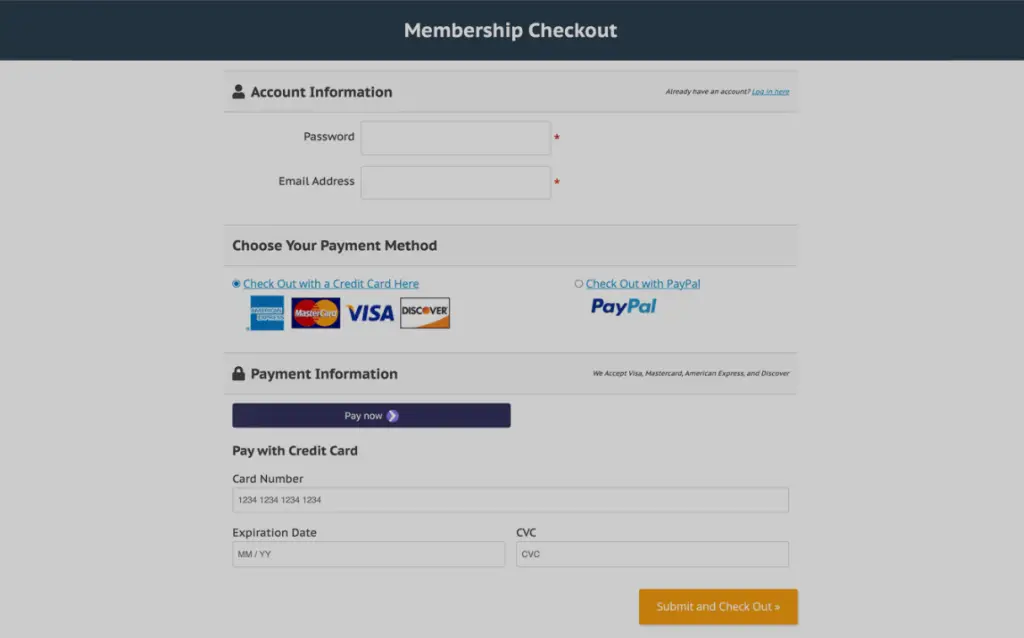

Some strategies proven to work include promising them access to exclusive content, a social hub, educational materials, videos, and many other perks. Your blog could benefit from incorporating more than one of these suggestions.
7. Sell Digital Products
If you’re looking for a scalable way to monetize your blog, selling digital products is a great option. There is no direct time-for-money exchange, in contrast to service industries. Unlike when selling physical goods, there is no need to worry about manufacturing or shipping costs.
The idea behind “build once, sell twice” is that after putting in the initial effort to develop a digital product, you can sell unlimited copies of that product through your blog.
To determine the types of digital products that appeal to your readers, conduct a survey to understand the problems they seek solutions for. The solutions you find may lead to marketable concepts like:
- Printables
- ebooks
- Online courses
- Workbooks
While affiliate links and ads can be effective monetization strategies for some blogs, creating a product is much simpler and more lucrative for the average blogger.


Your digital product doesn’t have to revolutionize the world to be successful; it just needs to provide real value to your target market at a price they’re willing to pay.
It’s also great to modify the products in response to customer feedback. You won’t lose your revenue stream due to declining affiliate program participation or rising ad blocker usage.
8. Sell Physical Merchandise
Blog readers who enjoy a writer’s work become devoted followers who can’t wait to spread the word about their greatness. Assist them in doing so when you sell physical products on your blog.
Small blog businesses can benefit from a print-on-demand approach because production costs are only incurred when a reader purchases. You can also manufacture the products in bulk to eliminate excess inventory.
Use a printing service like Printify or Printful to make unique items like:
- T-shirts
- Mugs
- Posters
- Stickers
- Phone cases
- Tote bags


9. Start Affiliate Marketing
Affiliate marketing is promoting another website’s products or services by embedding a link to them within your own.
The way affiliate marketing works is that you get paid a commission whenever one of your site visitors clicks on one of your affiliate links and then makes a purchase of the product you’ve recommended.
This can be a good source of income for blogs with a sizable following. Affiliate marketing is highly effective if you produce content in the context of how-to, lifestyle, and informative articles.


Assume you have written about various workout routines on your fitness blog. You can utilize affiliate marketing to promote the products you bring on your workouts, like your towel, gym wear, and equipment.
If a reader of your blog is interested in purchasing the equipment recommended, they can do so by clicking the link provided in your blog post, thus generating passive income for your blog.
Maintaining your audience’s trust requires being open and honest about any affiliate programs you may be a part of. Affiliate disclosure is required by law in many countries.
If you do business in one of these places, you should consult an attorney before starting any affiliate marketing programs. Keep in mind that your blog’s credibility will rise or fall based on the quality of the affiliate programs you choose to promote.
10. Write Sponsored Content
Some bloggers want to avoid showing ads to their readers and are curious about alternatives to ad revenue.
When using an ad network, you may have less say over the advertisements on your site. Ads may offend or annoy a few readers — with many now opting to use ad blockers — which ultimately limits your ad revenue.
However, other ways to make money blogging are through advertisements and sponsorships.
Sponsorship functions similarly to how it does in television, sports, and other fields. Essentially, you’ll be employed by a company to act as a representative to promote the company’s product to your audience.
You can make your website more attractive to advertisers by compiling a media kit highlighting your site’s audience demographics, traffic, social media following, and other relevant information.


The next step is approaching potential sponsors and attempting to strike a deal with them. It is essential to be familiar with the disclosure laws in your jurisdiction before publishing any sponsored content.
In the U.S., for instance, bloggers who publish sponsored content are subject to the Federal Trade Commission’s Endorsement Guides. This includes being transparent about sponsored content. WordPress allows you to do this by appending the phrase “sponsored post” to the post’s title.
11. Offer Consulting Services
Another method for earning money blogging is using your extensive blogging experience. You can use your website as a portfolio to advertise your services as a consultant.
Depending on your expertise, you may find employment with private clients or other businesses. Blogs can be a great way to break into the consulting industry in many fields, including nutrition, marketing, and design. Blogging can also be a stepping stone to other careers, such as digital marketing consulting.
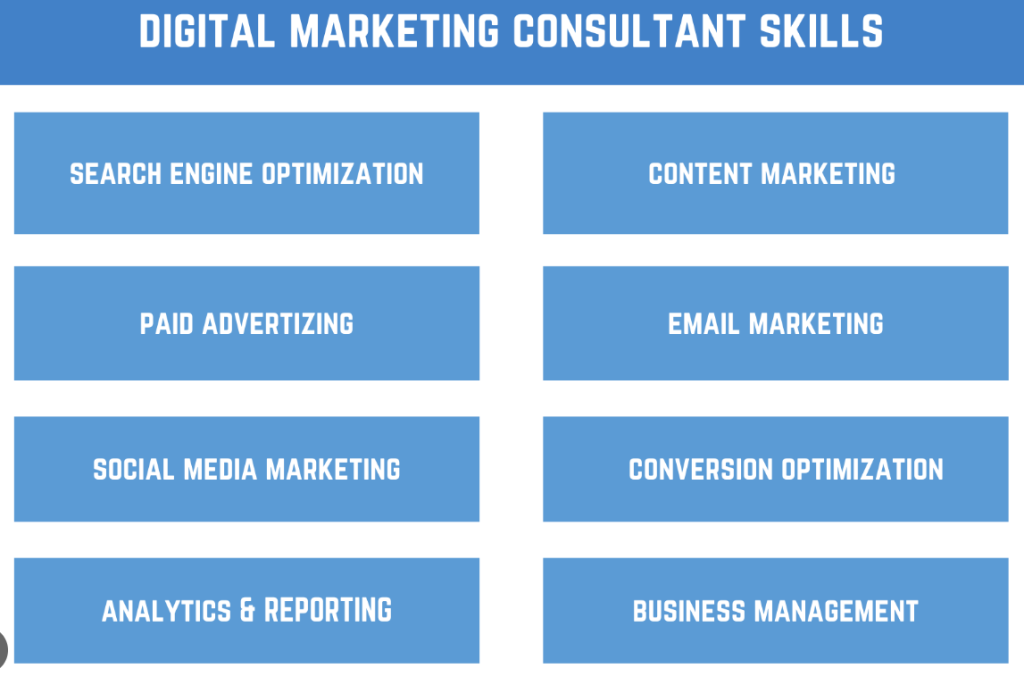

Start by catering to individual customers and luring them with attractive package deals and price reductions. Expand into services for larger groups, like webinars, online courses, and public speaking engagements.
If your blog readers find your insights particularly helpful, they may be willing to pay for more personalized guidance.
12. Make Money Through Coaching
You can monetize your blog by creating and selling coaching packages or online courses if they naturally flow from your content.
When you sell online courses, you give your audience more freedom to learn at a comfortable pace. Simply provide them with self-guided instructional materials like videos and downloadable ebooks. As students progress through your program, you’ll better understand what piques your audience’s interest.
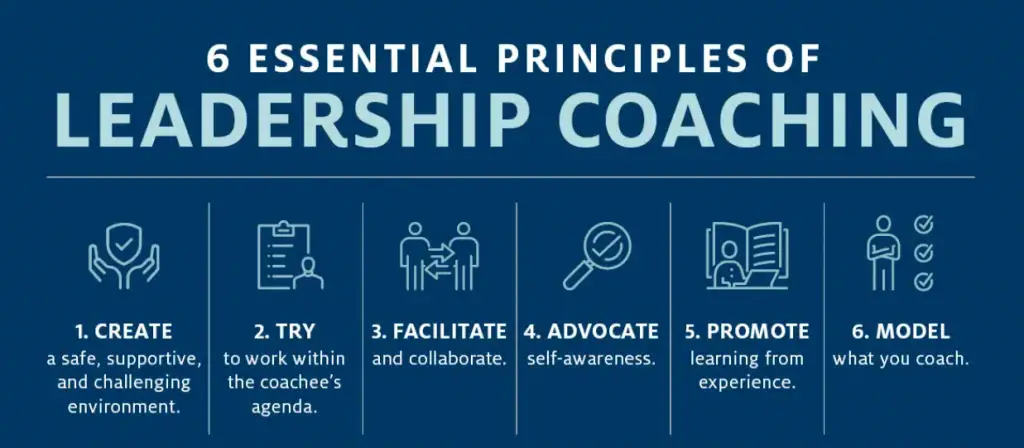

You need a committed audience to justify the time and effort spent creating content for an online curriculum.
You can also provide live video coaching for a fee to boost your earnings. Your online offering, be it a course or coaching sessions on demand, can benefit from the addition of email and blog-based channels of communication with your students.
13. Review Products for Pay
Paid reviews are a form of advertising that can generate revenue for your site, just like sponsored posts.
This method of monetization differs slightly from that of using affiliate links. Instead, you can receive free samples of products relevant to your field and get paid to provide feedback in the form of a review.


You should only review items that are appropriate for your blog niche and that your readers would find helpful. You can independently approach businesses and inquire about paid review work. In addition, platforms like PayPerPost can put you in touch with potential clients.
14. Build a Membership Community
Provide your most dedicated followers with special access for a nominal fee.
In a world where most people spend most of their time online, people must have opportunities to connect in this way. 52% of consumers say they are likelier to buy from brands (or blogs) that share their values. Studies have also shown that being part of a community benefits mental health.
15. Use YouTube to Make Money
Diversifying your content can help you reach a wider audience and generate more revenue. Let’s explore the various Youtube business models that can supplement your current blog posts.
Increase your affiliate earnings by including video marketing in your monetization strategy. Nearly nine in ten (84%) consumers say they’ve been persuaded to make a purchase once they watched a branded video.
Create a review video, haul, or tutorial centered around the product you’re promoting, and you’ll earn a commission whenever one of your viewers makes a purchase after seeing your video.
You can earn more money from your blog if you approach each post like a video script. Get on camera and discuss the same subject, then edit the resulting video and post it to YouTube.
There are many reasons why this tactic is effective. To begin, some people simply don’t like reading online articles. Some would rather watch a video. If all you do is produce written text, you risk turning off thousands of potential subscribers.
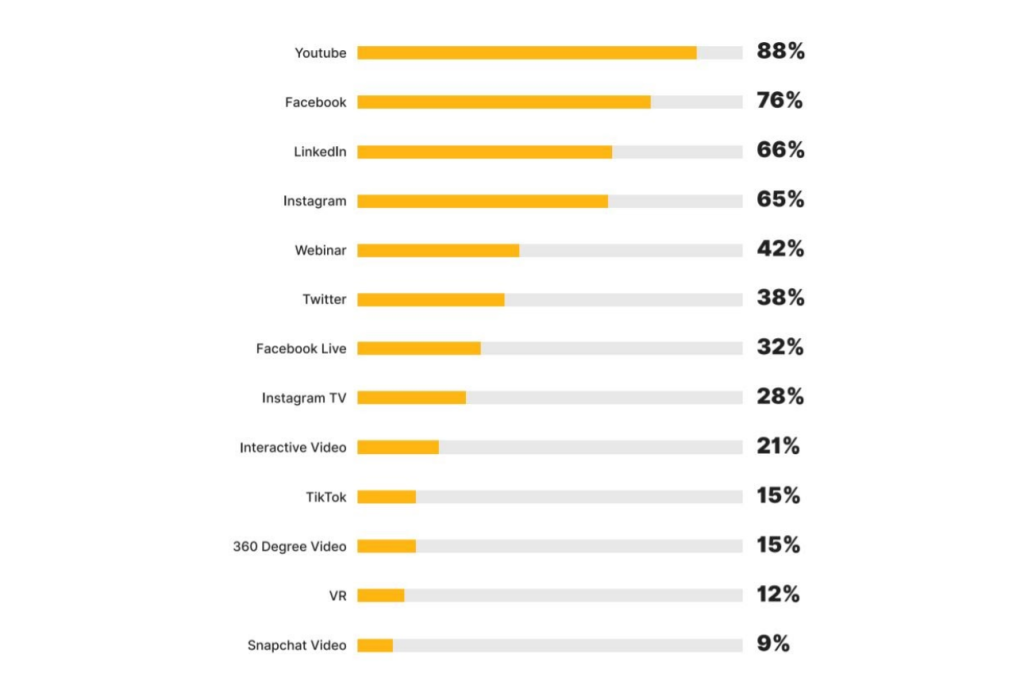

Second, YouTube is second only to Google in terms of popularity among search engines. The more places you can get your content seen, the better chance your target audience has of discovering it and, in turn, buying the affiliate products you’re promoting.
Google’s algorithm includes videos from YouTube in the search results for some queries. For instance, when searching for how-to guides, the first result on the search engine results page (SERP) is likely to be a YouTube video.
16. Make a Podcast
Podcasts are becoming increasingly common as an alternative media format. The percentage of Americans who listen to podcasts has risen to 62%.
However, episodes serve as more than just a commuting diversion. Research shows that 53 percent of podcast viewers will look up the product online after hearing about it in a sponsored podcast.
Another 35% are prompted to discuss the product with a friend. For these reasons, podcasts are desirable for companies looking to broaden their exposure.
Create a podcast and cash in on your listeners’ interest. Create an audio recording of you discussing a niche-related topic, and distribute it via podcasting services like Spotify or Apple Podcasts.


Introduce yourself to relevant companies and pitch sponsorship deals to them. Get paid to advertise and help businesses connect with their customers more efficiently.
The drawback of this podcast strategy is that it may prove expensive to implement. Relationship-building with a new target audience is a time-consuming process. You will also need to purchase equipment like microphones and editing software.
But if you do it right, you can expand your online business into a new and potentially lucrative avenue of income.
17. Offer Freelance Services
Since you’re a blogger, you’ve likely become an authority in your field. Freelancing is a great way to earn money from your knowledge and experience.
Online freelancing is common because it pays well and requires no initial financial or time commitment. You already have an established clientele to whom you can begin offering your services.
After venturing out as a freelancer, you’ll need to figure out a system for billing and getting paid by your customers. Several WordPress invoicing plugins are available; we suggest the WordPress plugin FreshBooks or WP Simple Pay.
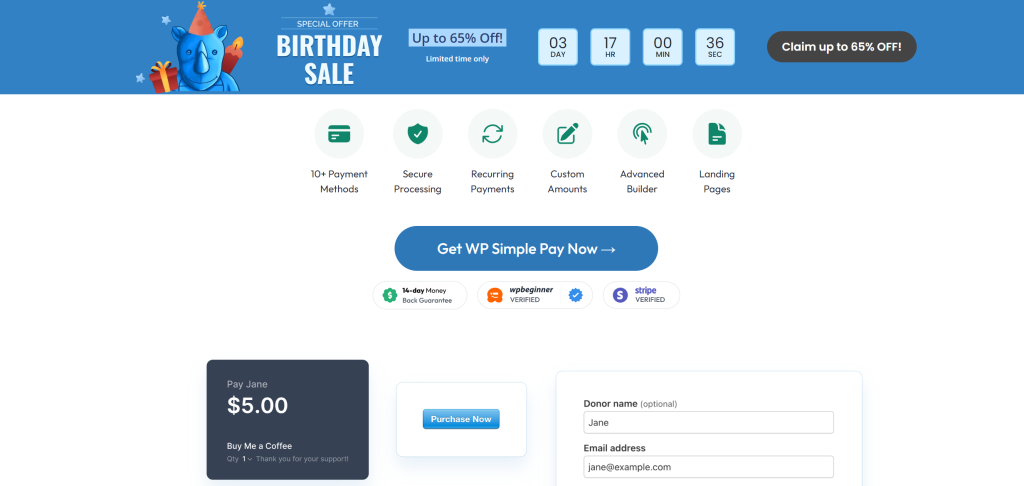

18. Host Paid Webinars
Webinars are an excellent medium for attracting new followers, disseminating useful information, and expanding your customer base. However, did you know they are also a clever way to earn money online?
Webinars are like online courses, except they are live and typically include a Q&A session. You can easily run a profitable webinar using WordPress.


Your website is essential for the success of your webinar, whether it serves as the actual hosting platform or simply as a hub for information gathering and registration.
19. Procure Public Speaking Gigs
Your blog and brand promotion efforts will pay off with a sizable readership and the ability to exert influence in your field.
You can use your newfound fame to land a speaking gig or two. Speaking at events like these can be a lucrative career path for many bloggers.
Giving presentations at events, regardless of whether or not you are compensated for doing so, is an effective way to promote your personal brand. Opportunities will present themselves along the way if you are skilled at public speaking and networking.
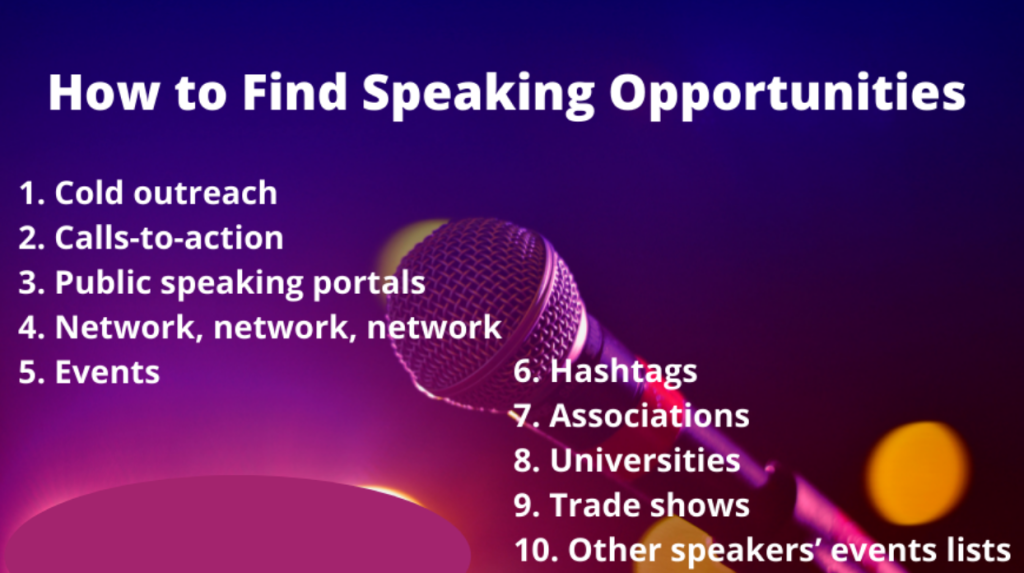

Consider the following advice if you aim to earn a living by giving speeches to paying audiences.
- Strive to master your field: If you lack the necessary information or expertise, it’s time to get to work and educate yourself.
- Maintain regularity: You should update social media and blog posts promoting your subject matter expertise regularly.
- Communicate your availability to others: You can publicize it on social media platforms or contact the event planners secretly.
It may take some time before you can find paid speaking engagements. Successful public speakers often get their start giving talks at free, low-key community gatherings.
20. Allow Donations
Finally, requesting donations is one way to monetize your site.
You can start collecting donations in several ways. Both PayPal and Stripe offer donation buttons that can be added to a website. Alternatively, you can use tools like WPForms to design a donation form for your WordPress site that looks more polished and includes impressive functions like email marketing integration.
Since you can only depend on the kindness of your audience for donations, they are the least effective method on the list. It’s more profitable to give them something of value in exchange.
Biggest Blog Monetization Challenges
Here are the biggest challenges you will likely face when monetizing your blog:
1. Creating a Clear Brand and Identity
For many content producers, the most challenging part of making money off their work is settling on a clear definition of their brand’s identity, what their blog represents, and appropriate visual and material representation.
This necessitates an introspective examination of the creator, their creative goals, and their audience. Doing this will help you arrive at a point of convergence that accurately represents your brand in the products you offer for sale.
The good news is that you, as the creator, are in the best position to identify your brand identity. This is because no one else can understand you, your audience, or your content as well as you can.
You can start your search for the perfect brand designs once you have established your brand’s identity. You want your audience to feel connected to you (and you to them) through your products and their designs, and you want them to talk about your product line and what it stands for.
It’s not enough to simply choose designs that will resonate with your target market; you also need to select the appropriate products upon which to feature those designs.
While most creatives sell t-shirts or coffee mugs, it’s essential to differentiate yourself from the competition by choosing merchandise consistent with your brand’s values and tone.
If your content is focused on travel, you could offer travel accessories like travel mugs, document pouches, or travel planners.
2. Using Information and Design
While the content strategy mentioned above for establishing your brand’s identity is essential, it shouldn’t be your only consideration. Countless other data sources can help you zero in on the designs that will work best for your brand and audience.
However, creators with limited time and resources will struggle to fully leverage this data without the specialized knowledge and experience required to analyze data trends properly.
This is where tech can make a huge difference.
Content creators can use data-driven design engines to leverage the vast amounts of market data to ensure that the merchandise they produce is not only in tune with the current zeitgeist but also with them and their target demographic.
3. Identifying Appropriate Resources and Platforms
Now that you have established your brand’s visual identity and acquired the necessary data-driven design engine, you can begin manufacturing and selling physical goods to your target demographic.
You should now begin looking for the appropriate software, websites, or business associates with which to produce your goods, launch your ecommerce store, ship to customers, and provide support.
Poor choices in these sectors can devastate audience engagement and revenue generation.
Finding the right manufacturer is crucial to the success of your business. If your products are of poor quality, they may not sell or leave your target audience dissatisfied. This can harm your brand and make it harder to make money in the future.
Without a well-functioning e-commerce site, your target market will be severely constrained in its ability to buy your merchandise. You also risk discouraging potential customers from making a purchase.
Finally, you will need a reliable distribution system to guarantee timely and accurate order fulfillment for all your customers. Your company’s reputation will take a major hit if customers don’t receive timely purchases.
Bottom Line
Blogging isn’t just a pastime; it’s also a potential source of income and independence. You can make money in several ways depending on your website’s traffic.
Use these guidelines to attract more readers, improve your standing in the industry, and make your blog profitable. Quality content, sound business sense, and expert monetization tools will get you far on the road to making money with your blog.
FAQs
How Do I Start Making $100 per Month From Blogging?
If you want to make $100 a month blogging, you will need at least 10,000 monthly visitors. It’s possible to hit your revenue goal with much less blog traffic if your blogging topic is in a highly lucrative niche, like finance.
Can I Earn $1000/Month Blogging?
The quick response is “yes,” However, the level of competition is high. You can easily earn $1,000 a month blogging if you choose a niche that you are interested in writing about, isn’t too competitive, and where you can attract a sizable readership.
How Many Page Views Does a Blog Need to Make Money?
Things start to look up financially once your blog receives more than 10,000 page views monthly. Only a small percentage of blogs consistently attract more than 50,000 unique visitors per month, but once that number passes into the tens of thousands, a blog’s revenue can skyrocket.
How Long Does It Take for a Blog to Start Making Money?
Recent studies have found that the average time to monetize a blog is 20 months. That, however, is only an average. According to the numbers, 27% of blogs make money within six months. 38% earn full-time revenue within two years.
How Often Should I Blog if I Want to Make Money?
If you want to monetize your blog, you should aim to post at least three times per week. Try increasing the frequency of your publications if you have any doubts about this. Consider experimenting with elements such as post length to see what works best for your blog.
Amazon and the Amazon logo are trademarks of Amazon.com, Inc, or its affiliates.

